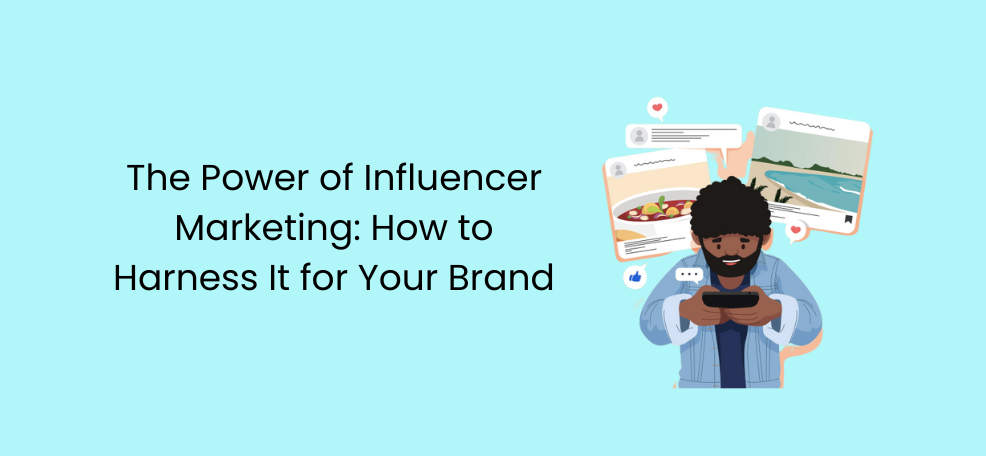The Power of Influencer Marketing: Building and Strengthening Your Brand

In today’s digital age, where social media platforms reign supreme, influencer marketing has emerged as a formidable force in the world of advertising and brand promotion. It’s no longer a niche strategy; instead, it has become a cornerstone for businesses looking to build and strengthen their brand. In this blog post, we’ll delve into the remarkable world of social media influencer marketing and how it can transform your brand’s fortunes.
Contents
Why Influencer Marketing Matters
Before we dive into the “how,” let’s explore the “why” of influencer marketing. Influencers who have established credibility and a dedicated following in a particular niche hold immense sway over their audience. When they endorse a product or service, it’s not perceived as a traditional advertisement but rather as a trusted recommendation from a friend.
Here are some compelling reasons why influencer marketing matters for your brand:
1. Authenticity: Influencers bring authenticity to your brand. Their followers trust them, and when they endorse your product, that trust is transferred to your brand.
2. Reach: Influencers have a ready-made audience that aligns with your target demographic, making it easier to reach potential customers.
3. Engagement: Influencer marketing can spark conversations, boost engagement, and create a buzz around your brand or product.
4. Credibility: Associating your brand with respected influencers can enhance your brand’s credibility and authority in your industry.
Building Your Brand Through Influencer Marketing
Now that we understand why influencer marketing is vital let’s explore how to build and strengthen your brand using this strategy:
1. Define Your Objectives: Set clear goals for your influencer marketing campaign. Do you want to increase brand awareness, drive website traffic, boost sales, or all of the above? Knowing your objectives will shape your strategy.
2. Identify the Right Influencers: Research and select influencers whose values, interests, and audience align with your brand. Micro-influencers often provide a more engaged and niche following, while macro-influencers can offer a wider reach.
3. Authenticity Is Key: Encourage influencers to create authentic content that seamlessly integrates your product or service into their lives. Authenticity resonates with their audience and ensures a genuine endorsement.
4. Collaborate, Don’t Dictate: While outlining your expectations is essential, allow influencers creative freedom. They know their audience best and can tailor their content accordingly.
5. Leverage Various Platforms: Explore different social media platforms where your target audience is active and you can generate leads. Instagram, YouTube, TikTok, and blogs are popular choices, but the choice should align with your audience’s preferences.
6. Track and Measure: Implement tracking tools and metrics to measure the impact of your influencer marketing campaigns. Monitor key performance indicators (KPIs) such as engagement rates, reach, and conversions.
7. Build Long-Term Relationships: Consider long-term partnerships with influencers who genuinely resonate with your brand. Consistency can strengthen your brand image over time.
8. Stay Compliant: Keep up with the legal and ethical aspects of influencer marketing, including disclosure guidelines and transparency with your audience.
Strengthening Brand Loyalty
Influencer marketing not only helps build your brand but also fosters brand loyalty. When influencers consistently promote your brand, they become brand advocates, reinforcing your message and strengthening the connection between your brand and their followers.
In conclusion, influencer marketing has become a powerful tool for building and strengthening your brand. Executing effectively can elevate your brand’s visibility, credibility, and engagement. By collaborating with the right influencers and focusing on authenticity, you can harness the full potential of this influential strategy to propel your brand to new heights in the digital landscape.





